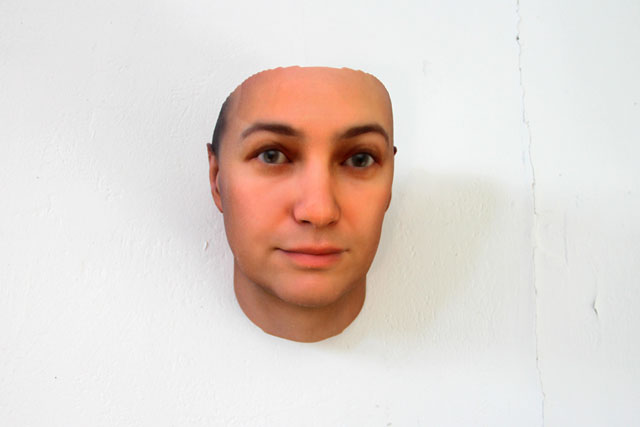Using Muse
With how Adobe is re-inventing it’s brand and it’s toolkit, I must admit Muse has taken little notice in my book for years… until now. With the ability to produce fast (not final) comps as a rapid prototyping tool I am truly impressed. Using tools like Omnigraffle and even Viso for wireframes, Muse has the ability to take all of that awesomeness and bring it into a prototyping tool environment. We have all saved out jpgs and used image maps to wire them together for prototypes, this tool allows you to do a more sophisticated version of that in half the time. I’ve defiantly added Muse to my toolkit and am curious how they plan to integrate responsive designs.
25 Books That Define Cool
For the most part I agree to this. There are a few i’d add, but it’s definitely a shopping list for the rebirth of cool.
http://www.bspcn.com/2014/04/07/25-books-that-define-cool/
Google’s new quantum computer
Google’s got themselves a quantum computer (they’re sharing it with NASA) and they made a little video about it:
I remember my Dad working at LLL and getting to play with the super computers of the time. I’m sure that Hartmut is a smart guy and all, but he’s got a promising career as an Arnold Schwarzenegger impersonator hanging out there if the whole Google thing doesn’t work out.
Manipulating objects in photos in 3D
This is a bit of a mindblower…this software presented at SIGGRAPH Asia lets you pluck objects out of photos and edit them as if they were in 3D.
Portraits made using found DNA
Looking around the net you always find curiosities.
This one is super mind blowing:
Heather Dewey-Hagborg collects hair, chewed gum, and smoked cigarettes, pulls the DNA out of them, and uses the genetic information to produce models of what the people who used those items might have looked like.

From this sequence, Dewey-Hagborg gathers information about the person’s ancestry, gender, eye color, propensity to be overweight and other traits related to facial morphology, such as the space between one’s eyes. “I have a list of about 40 or 50 different traits that I have either successfully analyzed or I am in the process of working on right now,” she says.
Dewey-Hagborg then enters these parameters into a computer program to create a 3D model of the person’s face.” Ancestry gives you most of the generic picture of what someone is going to tend to look like. Then, the other traits point towards modifications on that kind of generic portrait,” she explains. The artist ultimately sends a file of the 3D model to a 3D printer on the campus of her alma mater, New York University, so that it can be transformed into sculpture.
Source: http://kottke.org/
